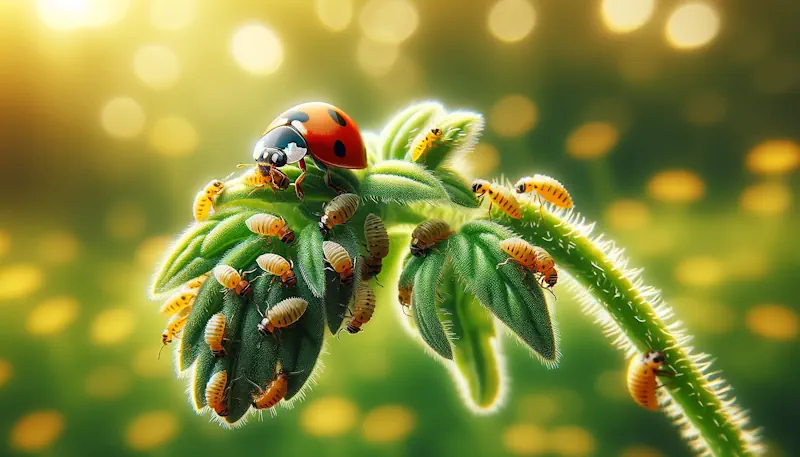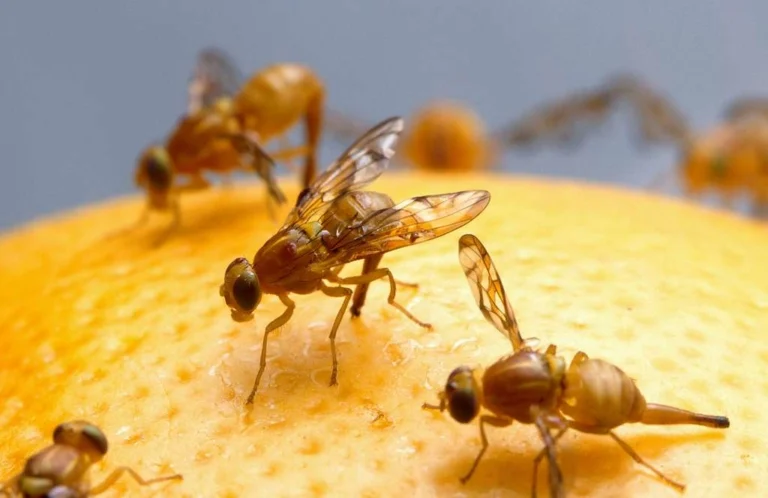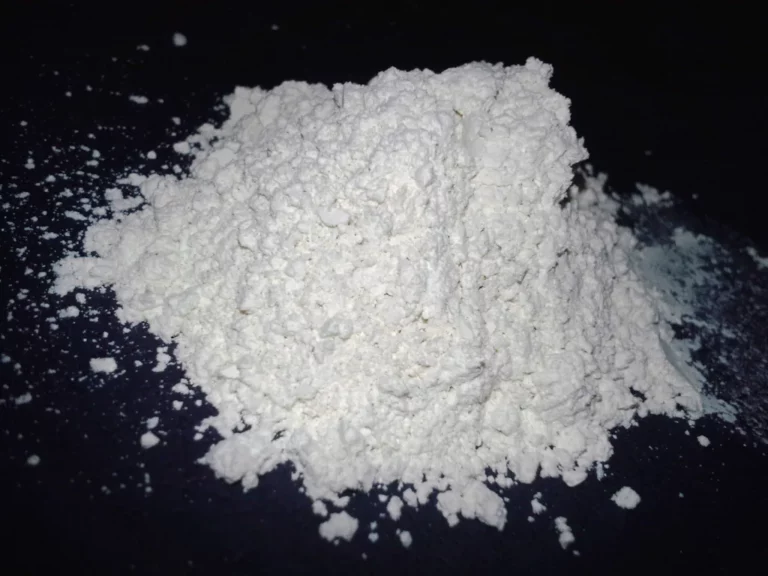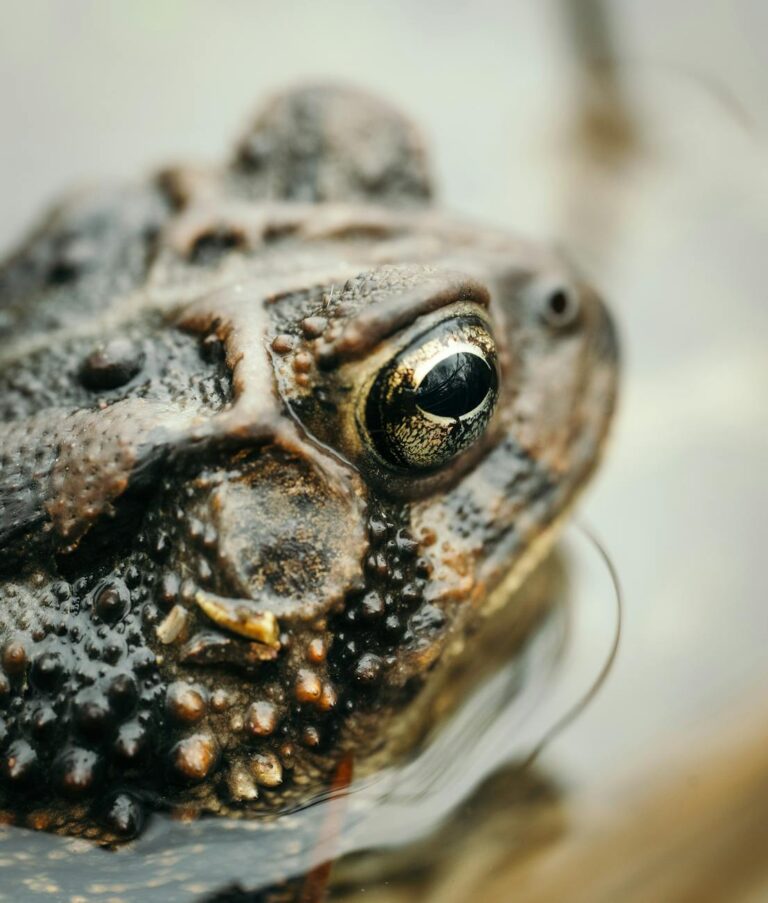Table of Contents
ToggleGardening is a pastime cherished by many, offering a sense of tranquility and the joy of nurturing life. However, the serene pursuit of growing a thriving garden can quickly become frustrating when pests invade your green space.
Imagine the satisfaction of strolling through a garden that’s free from pests, where every plant is healthy and vibrant. In this guide, we’ll explore practical strategies for pest control and how leveraging tools like a pest control invoice template and free pest control software can help you maintain a beautiful, pest-free garden.
Understanding Garden Pests
Before you can effectively tackle pest issues, you need to understand who the invaders are. Common garden pests include insects like aphids, caterpillars, and beetles, as well as larger creatures like rodents and birds. Each pest poses a different threat and requires a unique approach to control.
Identifying Pests and Their Damage
To identify pests, look for signs of damage such as holes in leaves, wilted plants, or visible insects on your plants. Pay attention to any unusual garden activity, like birds pecking at your soil or rodents burrowing near plants.
Pest Life Cycles
Understanding the life cycle of common pests is crucial. Many insects go through stages from egg to adult, and control methods may vary depending on the stage of life. For instance, it’s easier to eliminate pests in their larval stage than when they’ve matured into reproducing adults.
Integrated Pest Management
Integrated Pest Management (IPM) is a holistic approach that combines various strategies to manage pests effectively while minimizing harm to the environment. IPM includes:
- Prevention: Altering the environment to make it less appealing to pests. This includes crop rotation, proper spacing between plants, and choosing pest-resistant varieties.
- Observation: Regularly monitoring your garden for signs of pests.
- Intervention: Employing control methods when necessary, starting with the least harmful options like biological controls.
Cultural Practices
Cultural practices involve altering the environment to make it less appealing to pests. This includes crop rotation, proper spacing between plants, and choosing pest-resistant plant varieties. Healthy plants are less likely to succumb to pest infestations, so maintaining good soil health and watering practices is also critical.
Mechanical and Physical Controls
Mechanical and physical controls are direct methods to remove or block pests. Handpicking insects, using barriers like nets and row covers, and employing traps are all effective ways to keep pests at bay without resorting to chemicals.
Biological Controls
Biological controls involve using natural predators or parasites to manage pest populations.

Example: Aphid Management
Consider aphids, which are a common garden pest. By introducing ladybugs, a natural predator, you can significantly reduce aphid populations without chemicals. Additionally, planting garlic or chives near aphid-prone plants can help deter these pests.
Chemical Controls
When all else fails, chemical controls can be used judiciously. Opt for organic pesticides that target specific pests and pose minimal risk to beneficial insects and the environment. Always follow the manufacturer’s instructions and use the correct dosage.
Preventive Measures
Prevention is better than cure, and this is especially true in pest management. By taking proactive steps, you can reduce the likelihood of a pest infestation.
Regular Monitoring
Regularly inspect your garden for signs of pests. Early detection is key to preventing a small problem from becoming a large infestation.
Sanitation
Keep your garden clean and free of debris. Remove fallen leaves, spent plants, and overripe fruits that can attract pests.
Companion Planting
Companion planting involves growing certain plants together that can help deter pests. For example, marigolds are known to repel nematodes and other insects.
Remediation Strategies
When pests do invade your garden, it’s important to have a plan in place to address the issue quickly and effectively.
Prompt Treatment
Once pests are detected, act swiftly to control them before they multiply. Choose the most appropriate control method based on the type and severity of the infestation.
Follow-up
After treatment, continue to monitor the affected area to ensure that the pests have been eradicated and to prevent a recurrence.
Trust the Experts at On Demand Pest Control
Achieving a pest-free garden requires diligence, knowledge, and the right tools. By understanding the types of pests that threaten your garden, employing integrated pest management techniques, and utilizing technology like free pest control software and invoice templates, you can protect your plants and enjoy a thriving garden.
However, sometimes professional intervention is the most effective way to ensure your garden remains pest-free. At On Demand Pest Control, we offer expert pest management solutions tailored to your specific needs. Our team is equipped with the latest tools and techniques to handle any pest issue, ensuring your garden stays healthy and beautiful.
Don’t let pests ruin your gardening experience. Contact On Demand Pest Control today for a free consultation and discover how our professional services can help you maintain a pest-free garden. Your satisfaction and the health of your garden are our top priorities.
Reach out to On Demand Pest Control now and take the first step towards a beautiful, pest-free garden!




